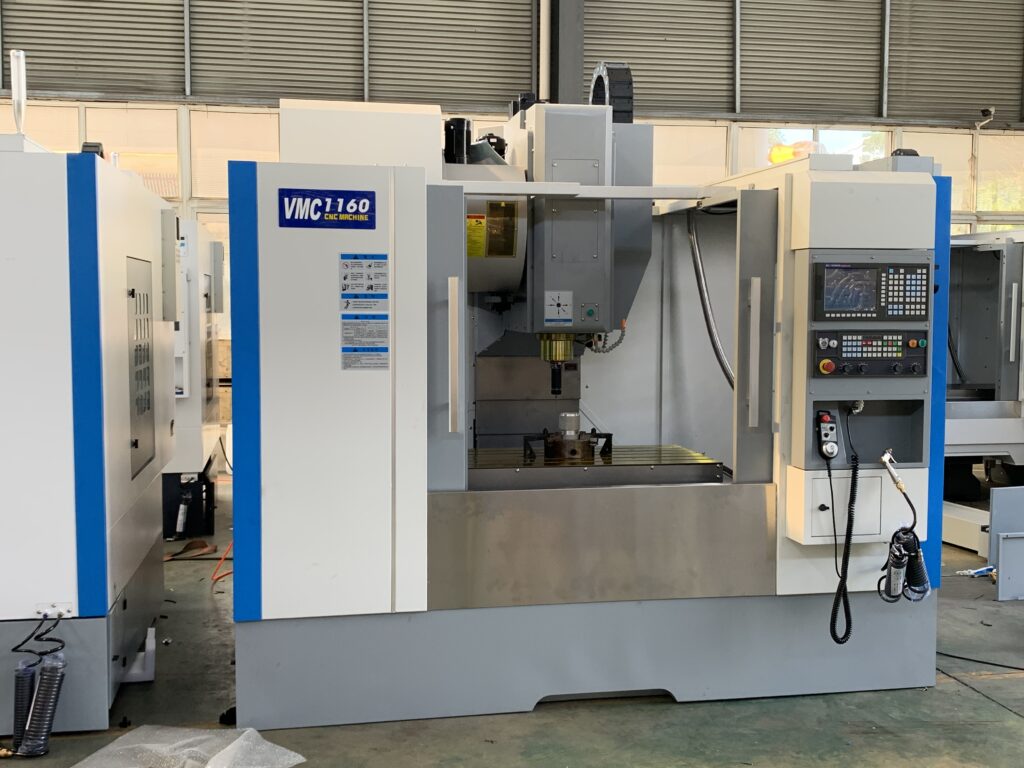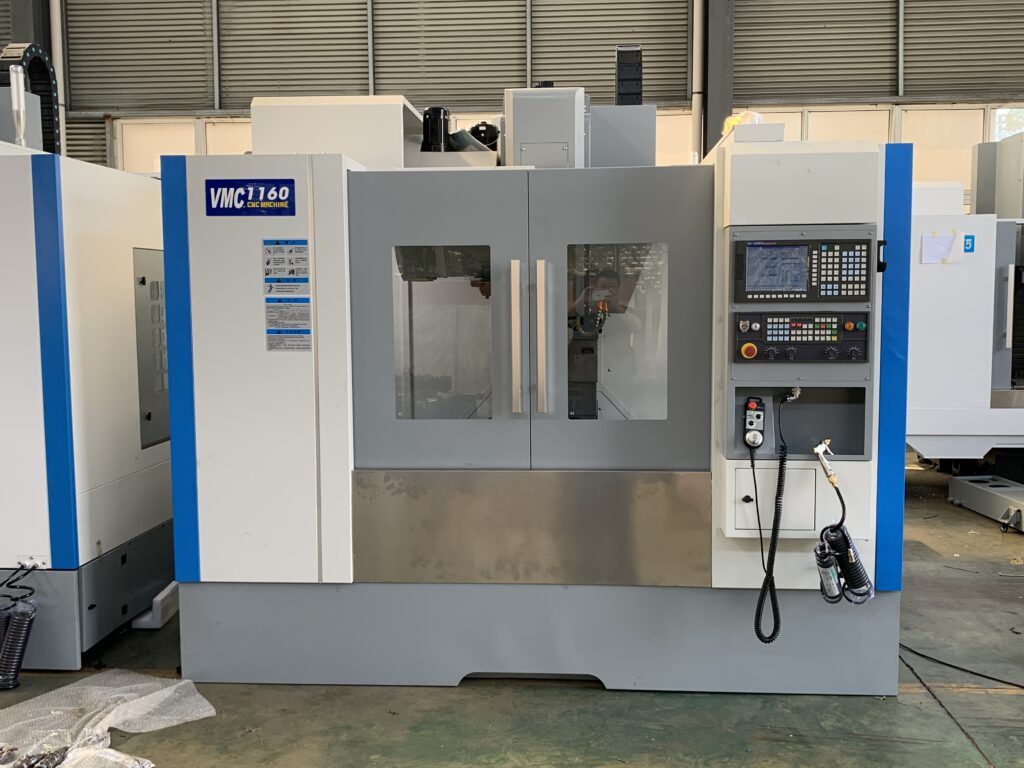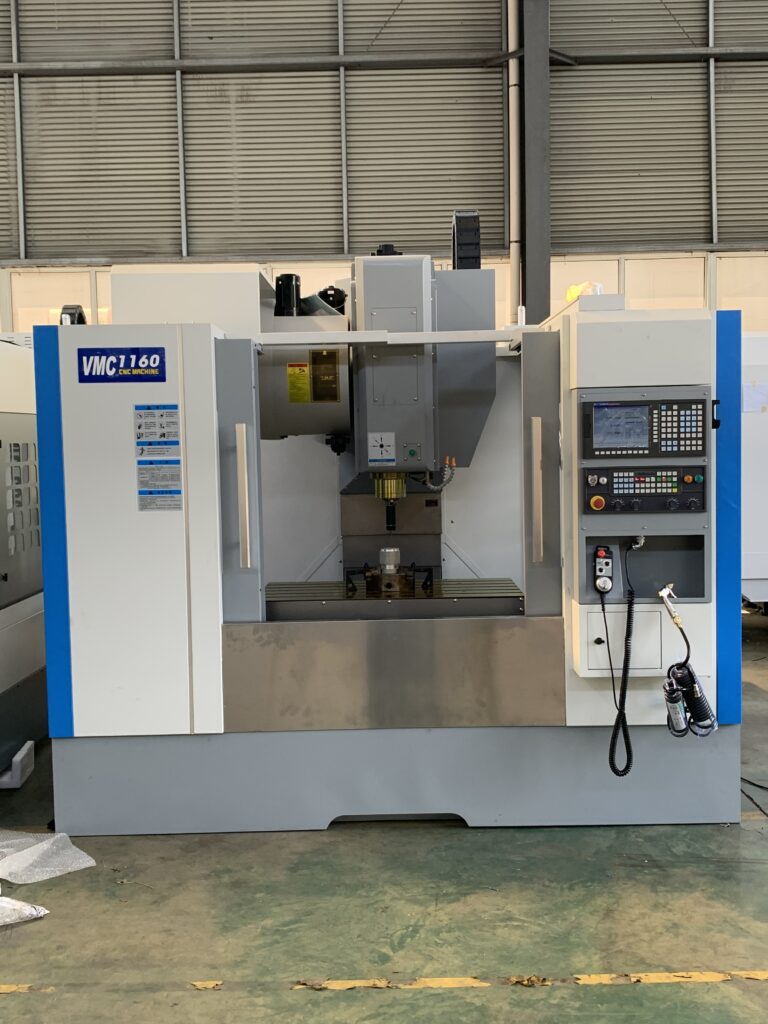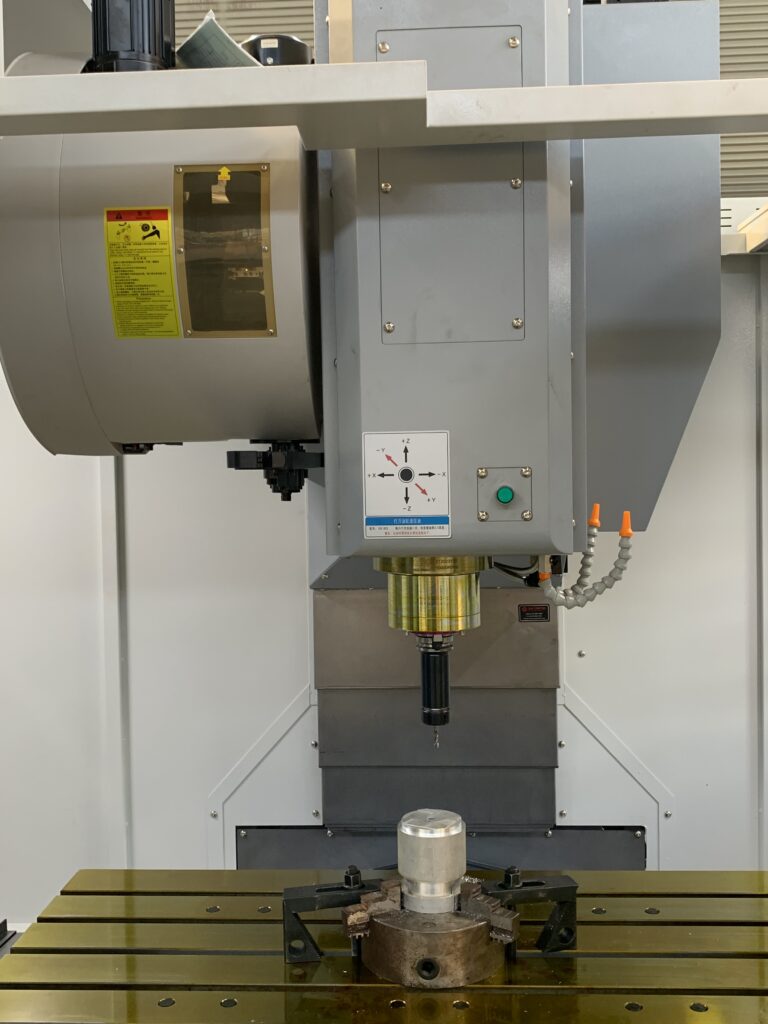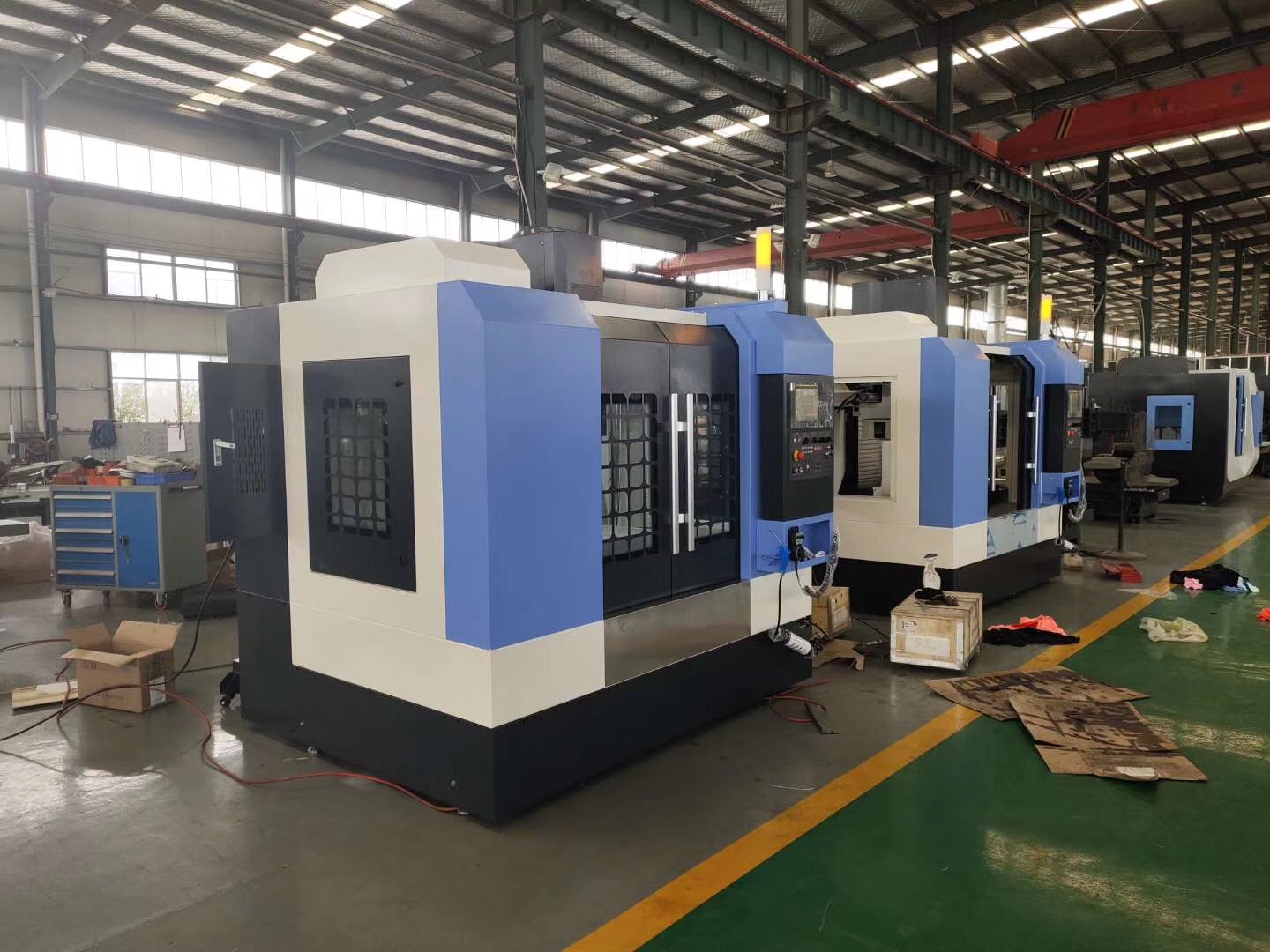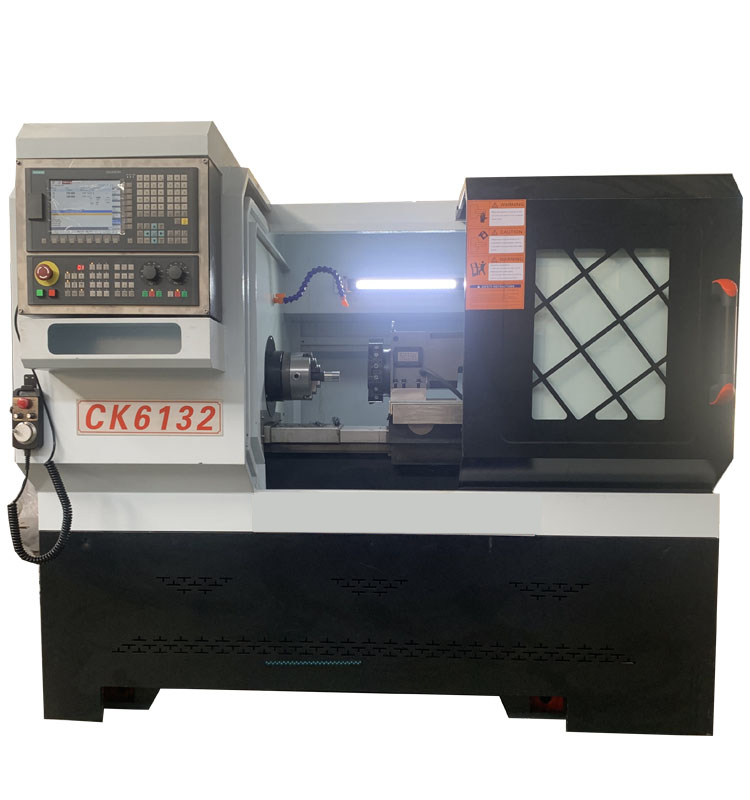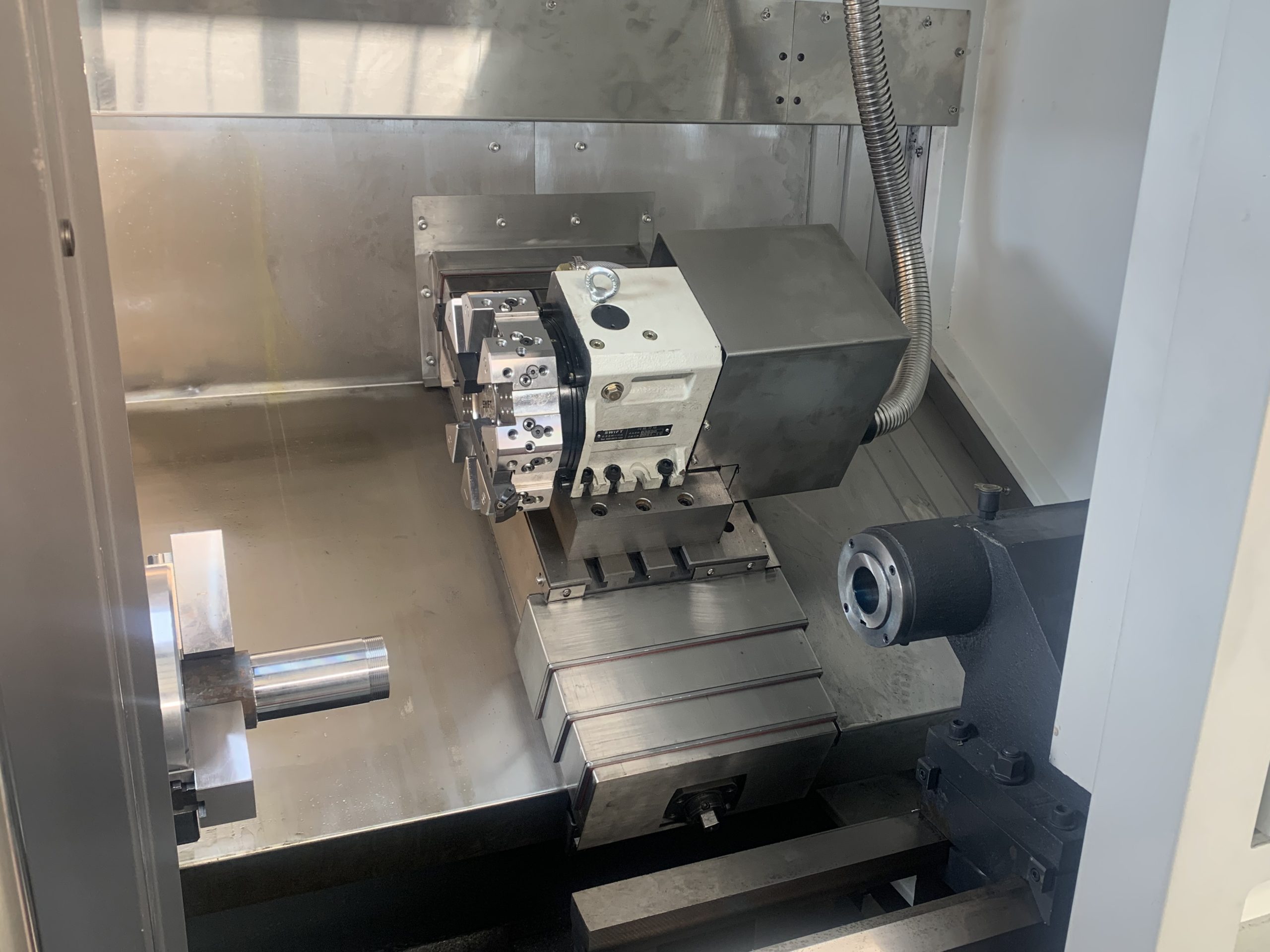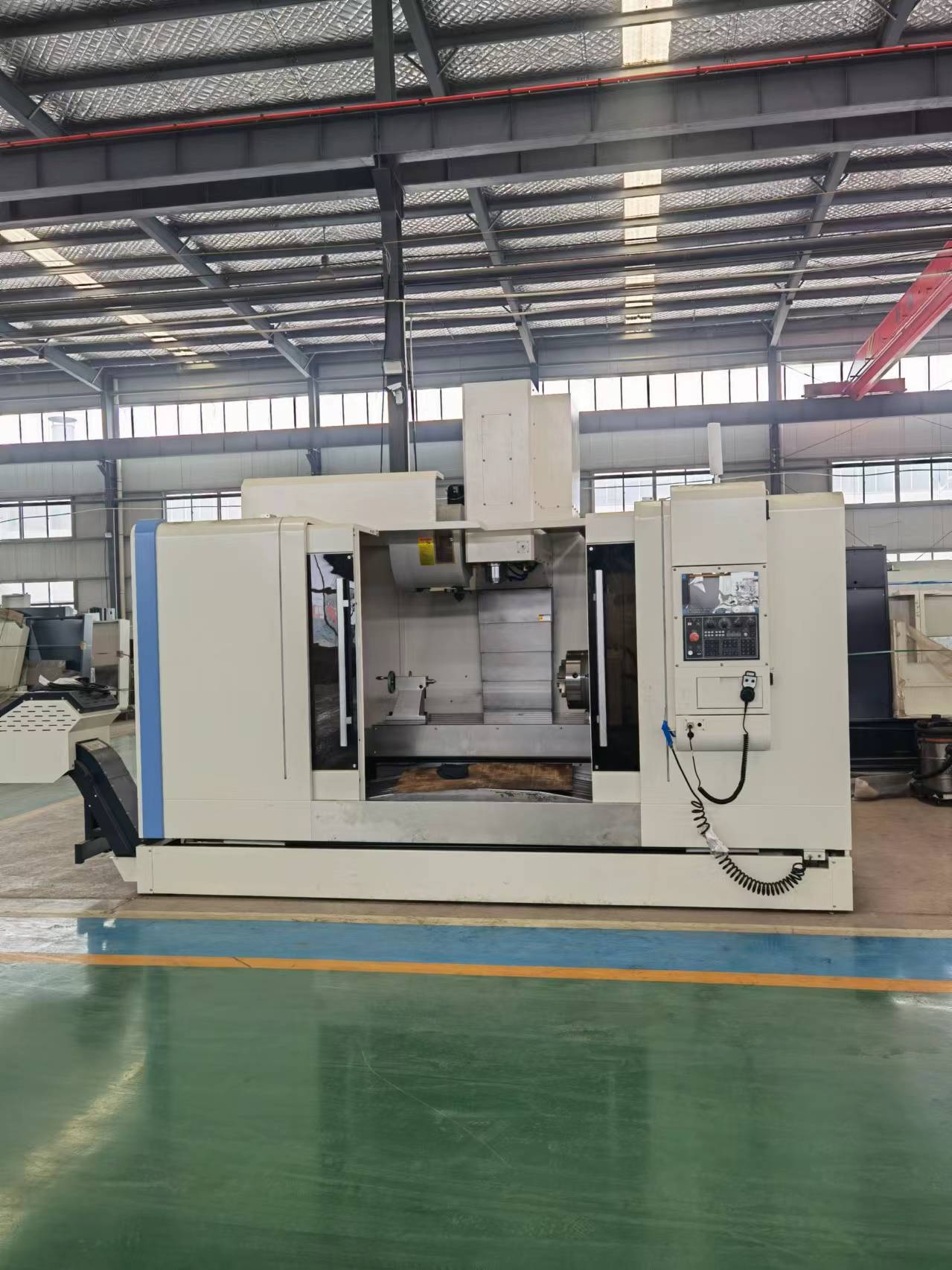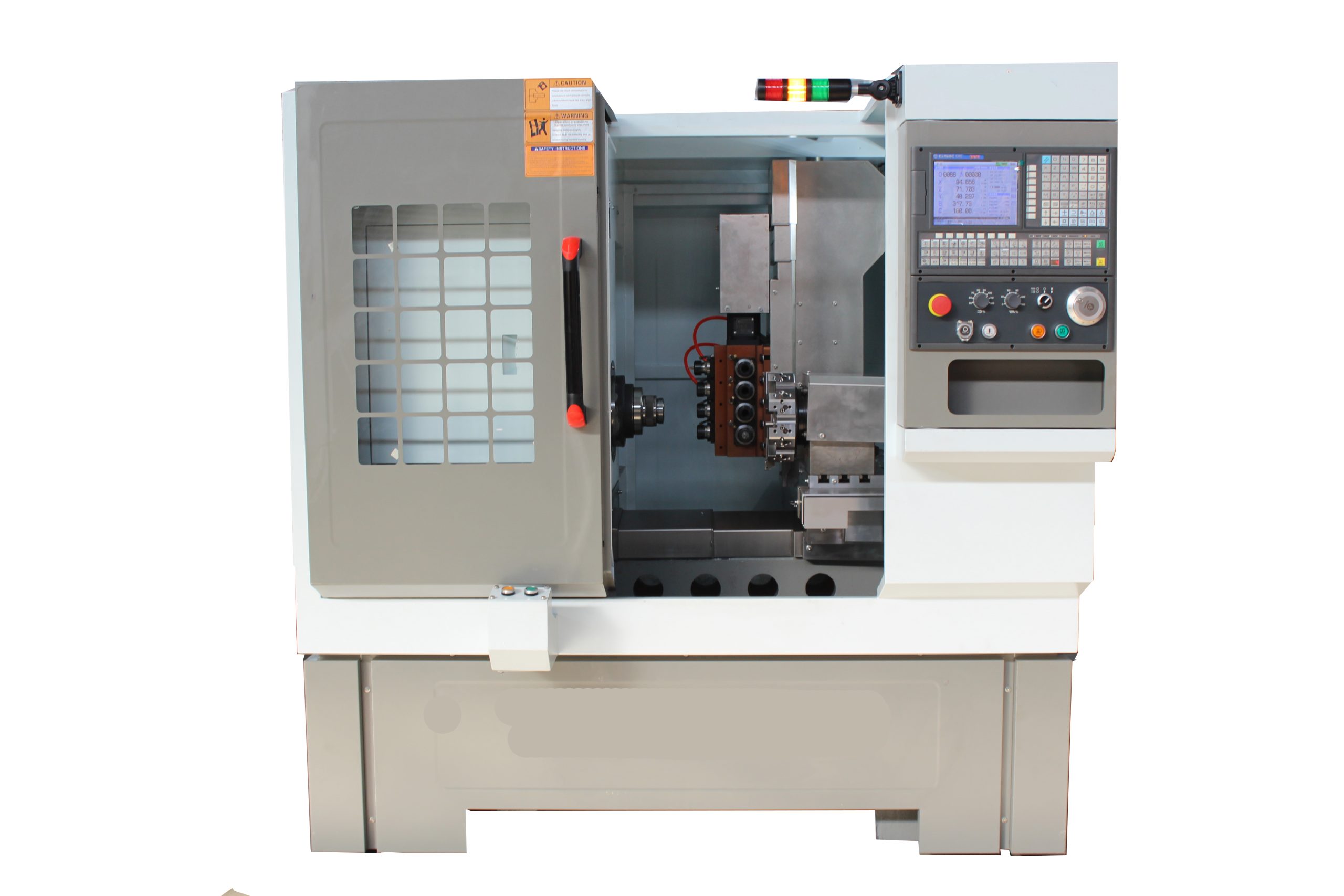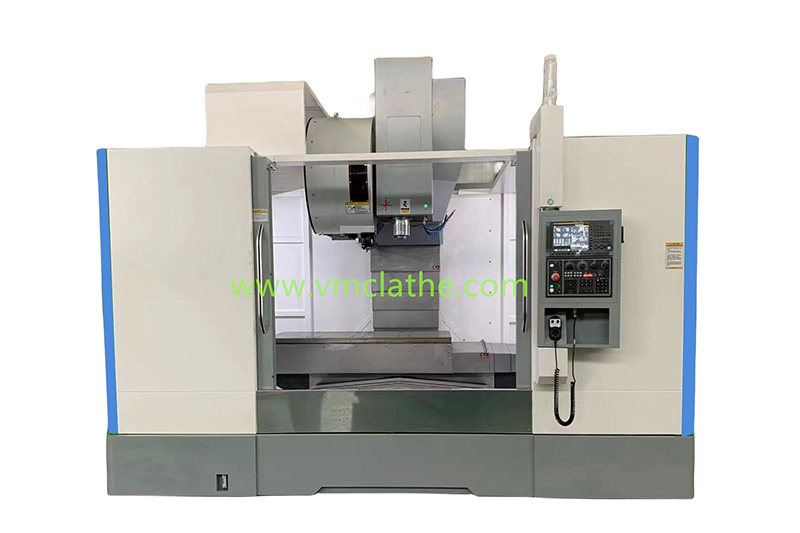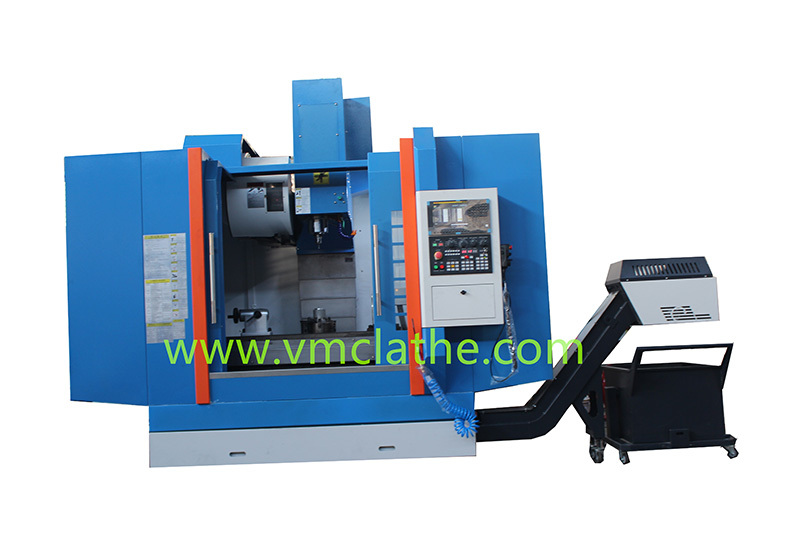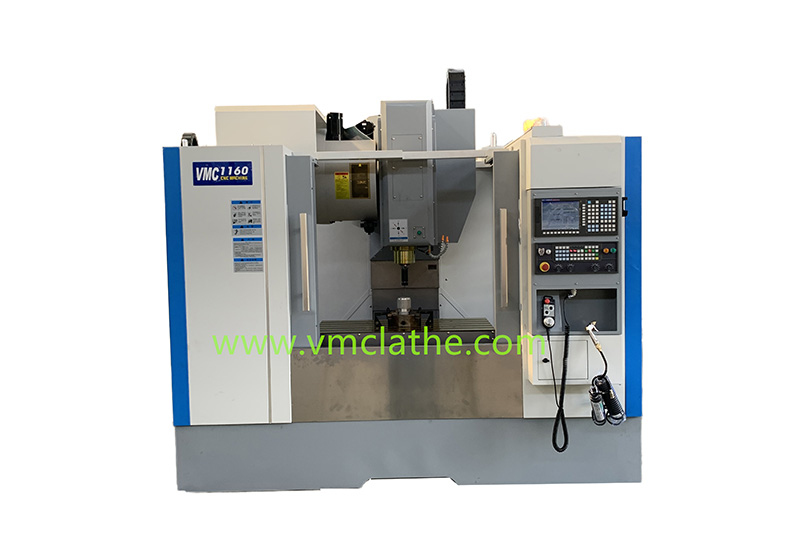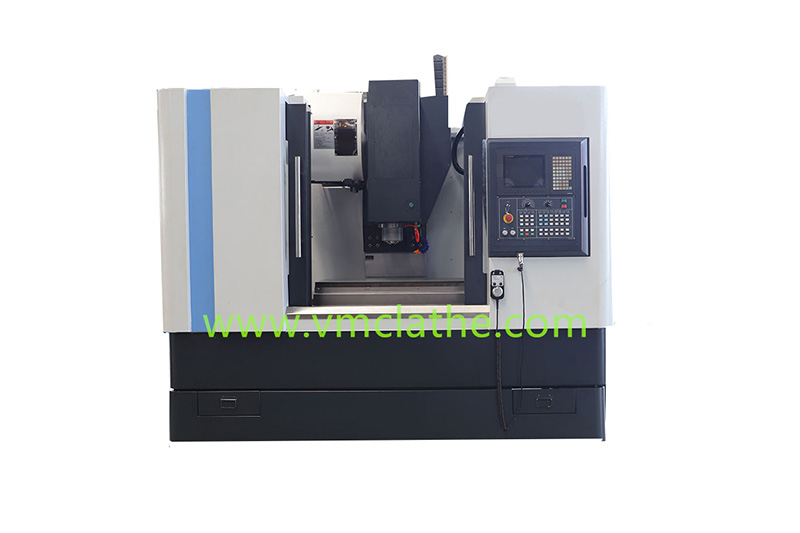Tool selection and use skills for CNC machining centers
Tool selection skills for CNC machining centers
1–Material selection:
High-speed steel: has high toughness and heat resistance, suitable for manufacturing various types of tools.
Carbide: has high hardness and high wear resistance, suitable for high-speed cutting.
Ceramics and cubic boron nitride: have ultra-high hardness and wear resistance, suitable for cutting difficult-to-process materials.
2—Cutting parameter considerations:
Cutting depth: related to tool material and workpiece material, reasonable cutting depth can improve processing efficiency.
Feed speed and spindle speed: directly affect processing efficiency and quality, need to be selected according to factors such as material, tool diameter and workpiece material.
3—-Geometric shape selection:
Pointed tool: suitable for interpolation and point processing of workpieces.
Circular tool: suitable for contour processing and milling holes.
Square tool: suitable for milling planes and cutting processing.
4—-Tool diameter selection:
During rough processing, select a tool with a larger diameter to improve cutting efficiency.
During fine processing, select a tool with a smaller diameter to ensure the accuracy and quality of the workpiece.
5—– Rake angle and back angle considerations:
The selection of the rake angle needs to consider the strength of the tool, the workpiece material and the cutting conditions.
The selection of the back angle needs to consider the wear resistance and chip removal effect of the tool
6—– Other factors:
Workpiece material: will determine the selection of tool material and cutting part geometric parameters.
Machining accuracy: affects the type and structural shape of the finishing tool.
Machining surface roughness: affects the structural shape and cutting amount of the tool.
Tips for using tools in CNC machining centers
1—— Precautions for clamping tools:
The tool must be clamped securely and should not be too short in the tool holder.
The length of the cable tool should be determined according to the machining depth, and should generally be slightly longer than the machining depth value by 2mm.
When using an extended cable nozzle, you should understand the data such as the depth of the cutter and the required tool length.
Before the tool head is installed on the machine, its taper matching position should be clean to avoid affecting the accuracy and damaging the machine tool.
2—— Precautions for correcting and aligning the workpiece:
Pay attention to the verticality when dragging the workpiece.
When the workpiece is centered, it must be centered twice for verification.
After the number of collisions, the center position should be checked according to the dimensions provided by the program sheet and the dimensions on the loose parts drawing.
3—–Tool maintenance and care:
For rotating retractable tool heads, if water-soluble cutting fluid is used, they should be immersed in lubricating oil for several hours every half month for maintenance.
Check the tool wear regularly and replace the severely worn tools in time.
4—–Precautions during processing:
Monitor the processing process to ensure the stability and reliability of the tool during the processing.
Pay attention to the adjustment of cutting parameters and cutting amount to avoid tool overload or poor cutting.
In short, the tool selection and use skills of CNC machining centers involve many aspects, and it is necessary to comprehensively consider factors such as workpiece materials, processing requirements, cutting parameters and tool performance. By rationally selecting and using tools, processing efficiency and processing quality can be improved, and production costs can be reduced.

